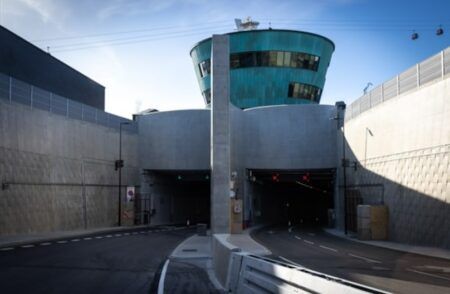A new report from connected car technology and transportation analytics company Inrix has found that although car traffic has decreased in the last few years, congestion has increased.
The London Congestion Trends report outlines the reasons for London’s increase in traffic congestion between 2012 and 2015. In their annual Traffic Scorecard, released prior to the new report, Inrix report that London was also Europe’s most congested city between 2014 and 2015.
According to London Congestion Trends report, London’s growth, both in its economy and its population, have affected journey times, which in central London have increased annually by 12%. Decreases in unemployment and fuel prices are also believed to contribute to the rise in congestion.
Despite the increase in traffic, car travel defined as private cars, taxis and private hire vehicles (PHVs) has lessened in the Congestion Charge Zone and in central London since 2012, and the overall demand for road travel has remained flat.
The analysis also found that there is a greater reliance on public transport and alternative travel modes: the London Underground saw passenger numbers increase by 3.2% from 2014 to 2015 surpassing the increase in passenger numbers seen during the London 2012 Olympic Games. Cycling has also spiked, with 12% more people commuting to work and travelling by bike in the past year alone.
Between 2012 and 2015, the duration of planned roadworks in London rose by 362%, resulting in 2,437 hours of disruption. This is one of the primary causes of increased congestion levels in the city. There was also a 23% increase in the number of hours of disruption to roads caused by unplanned incidents, such as accidents.
London’s booming e-commerce market, which is expected to top £60bn (US$87bn) in the UK in 2016, may also be affecting congestion levels. Inrix’s study found that the volume of light goods vehicles (LGVs) in London’s Congestion Charge Zone accounted for more than 17% of all vehicles. This percentage increased year-on-year, by 7.7% over the entire study period.
“It is easy to speculate on the causes of congestion in London, but solving this problem requires a deeper understanding and awareness of the true factors,” said Dominic Jordan, chief data scientist at Inrix. “Through road improvements, TfL is making significant efforts to future-proof the city, which will benefit both road users and the London economy. However, our study shows that roadworks like these, as well as a rise in goods vehicles, are the major causes of congestion in the capital.”
David Leam, Infrastructure Director at London First, a non-profit organisation comprising business leaders in the city, commented, “London’s roads are increasingly congested, but this isn’t down to a boom in car journeys. As this report shows, car traffic is actually decreasing in central London, while van traffic and roadworks have risen significantly. What’s needed is for the new mayor to ease off excessive roadworks, build new river crossings, devise a plan for managing freight, and revisit measures to control congestion, including charging.”




